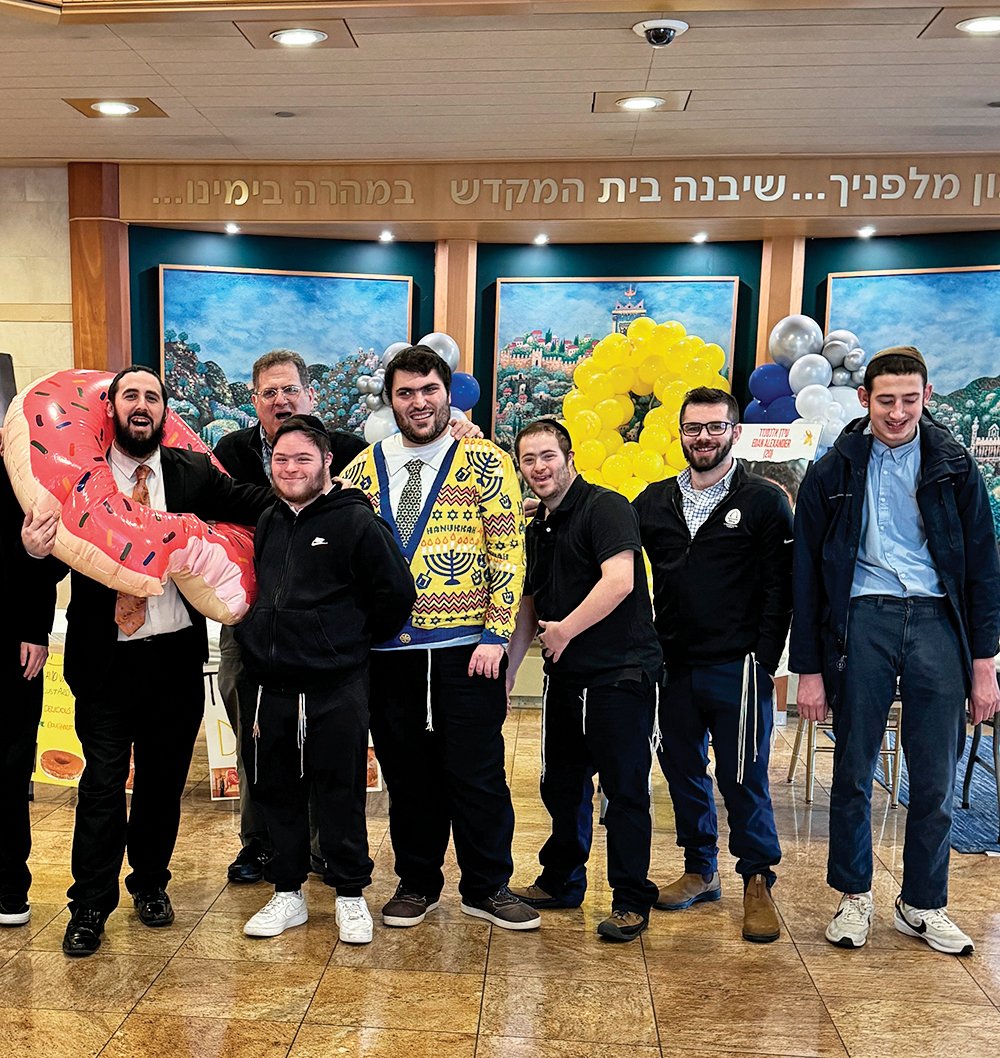
Part XIII
The previously inadequate reporting by the American press of the plight of European Jewry improved somewhat in 1940. On January 23, The New York Times reported that Vatican radio had denounced the atrocities committed against the Polish people. The papal radio station stated it was receiving almost daily reports from Warsaw, Cracow, Pomerania, Poznan and Silesia about the “destitution, destruction and infamy of every description.”
The report that Jews and Poles were being moved into hermetically sealed ghettos that were inadequate to sustain the millions destined to live there was especially disconcerting. The Vatican concluded this was “one more grievous affront to the moral conscience of mankind, one more contemptuous insult to the law of nations.” There could be no doubt that these accounts were accurate, because they came from unimpeachable sources.
In an editorial on the following day, the Times explained its previous reluctance to report atrocity stories: “All we have heard until now have been unofficial reports of such horrors that we chose to disbelieve them as ‘exaggerated.’” Now that the Vatican “has spoken with authority that cannot be questioned; and has confirmed the worst intimations of terror which comes out of the Polish darkness.”
What the Times did not explain is why these unofficial reports and those supplied by the JTA could not have been independently investigated all along.
In “The Terrible Secret,” historian Walter Laqueur explained the reluctance in Britain, the US, and even in Germany and among Jews to accept the news from Poland. Many individuals remembered the propaganda campaigns of the First World War, when each side charged the other with wanton brutality. The Germans were accused of burning down villages, cutting off breasts and tongues, making soap from dead soldiers (a myth that found its way into the press during the Second World War as well, only with Jewish bodies being used instead) and other unspeakable crimes. The press duly reported the atrocities, but at the end of the war, it became clear they had been duped; many of the stories had either been made up or were greatly exaggerated.
In “Buried by The Times,” Laurel Leff, a seasoned professional journalist, found that editors who were young reporters during World War I were extremely skeptical of atrocity stories. After having witnessed how each side used false reports of atrocities to advance their cause during the Spanish Civil War (1936-1939), this experience only reinforced their distrust of such allegations.
When correspondents working in the field discovered the truth about Nazi brutality, Leff added, they “often admitted that the news they were reporting was ‘too terrible to believed,’ yet insisted it should be believed nevertheless.” Significantly, even when journalists refuted the possibility of deceit and embellishment, the stories were still not published on the front page of the Times.
Since the Sulzberger family owned the Times during the period of the Holocaust, Leff asserted they would be less prone than other news organizations to overlook what was occurring to the Jews of Europe, but were more inclined “to dismiss its significance.” The Sulzberger’s personal connection to German Jews, and their involvement with the American Jewish community, allowed them greater access to information about the situation of European Jewry.
The Sulzbergers were also very sensitive to the pervasive anti-Semitism in the US and throughout the world. After Hitler rose to power, his propaganda machine attacked the Times for being owned by Jews. Leff suggests this public acknowledgment made the paper more reluctant to emphasize the condition of European Jewry. Before the war in Europe began, isolationists argued that Jews wanted to lure the US into the conflict to save their brethren, which constrained some Jews, especially assimilationist ones from pleading their case. When the US entered the conflict, Jewish concerns about dual loyalty increased. They did not want to focus on Jewish distress while others were dying to preserve democracy. They wanted to be seen as loyal Americans following government foreign policy.
For Arthur Hays Sulzberger, the publisher of the Times, concerns about dual loyalty and special consideration for Jewish suffering were not only a pragmatic decision. Religiously and philosophically, he viewed being Jewish as a religious orientation, with no relation to ethnicity or race. Jews were no different from any other citizens and must not be saved as Jews either. Jews who helped other Jews because they were Jews, he believed, undermined their status as Americans.
Vatican’s Unimpeachable Sources
With regard to the Vatican, Laqueur pointed out that the Vatican knew more about events in Europe than anyone else. There were tens of thousands of Catholic priests throughout Poland, Slovakia and the rest of Europe. They were part of a very large and extended community who understood what transpired in these countries. The priests conveyed the information to their superiors in the Vatican through Polish bishops in Rome, via Filippo Bernardini, the Apostolic Nuncio in Switzerland, or through Budapest.
Most important, they were able to communicate to the Holy See through the Polish government-in-exile, which had an ambassador at the Vatican during the war. Furthermore, the Vatican had direct or indirect means to communicate with every European country except Russia.
The many millions of practicing Catholics in Germany, including priests serving in the army fighting in the East, was another important source of personal news. Laqueur noted that if some Catholic priests in Germany identified with the Nazis, many did not. In Poland there were no priests who were Nazi sympathizers and in France, only a few.
Alex Grobman, PhD













